Ezra the Scribe: The Development of Ezra 7-10 and Nehemia 8
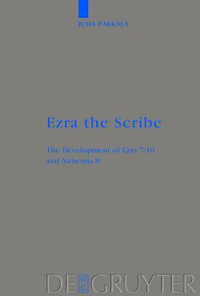
Summary
This monograph investigates the literary development of Ezra 7-10 and Neh 8. With a detailed literary critical analysis, the investigation shows that the text was produced in several successive editorial phases for at least two centuries. Thus the final text cannot be used for historical purposes. The oldest text emerged as a short narrative, entirely written in the third person. It describes how a Torah scribe (Schriftgelehrter) called Ezra came from Babylon to Jerusalem to reinstate the written Torah. In the later editorial phases, Ezra's role was transformed from a scribe to a priest who brought cultic vessels to the Temple. The editorial development reveals that the text was originally influenced by Deuteronomy and the (Deutero)nomistic theology. Later, it came under priestly and Levitical influence.
Similar Books
-
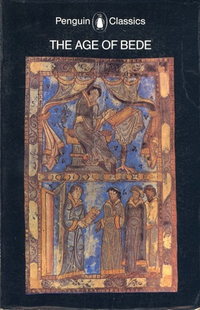 The Age of Bede
The Age of Bedeby David Hugh Farmer
-
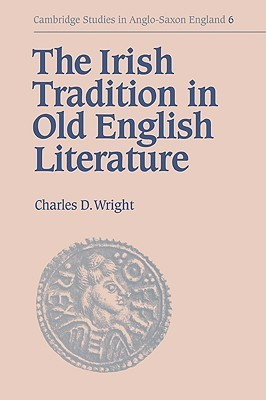 The Irish Tradition in Old English Literature
The Irish Tradition in Old English Literatureby Charles D. Wright
-
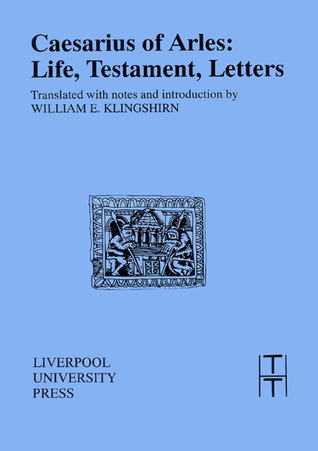 Caesarius of Arles: Life, Testament, Letters (Translated Texts for Historians, 19)
Caesarius of Arles: Life, Testament, Letters (Translated Texts for Historians, 19)by William E. Klingshirn
-
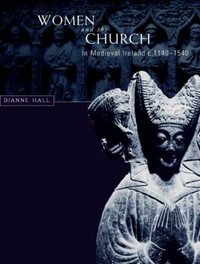 Women and Church in Medieval Ireland, C.1140-1540
Women and Church in Medieval Ireland, C.1140-1540by Dianne Hall
-
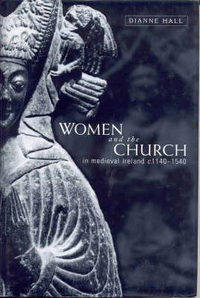 Women and the Church in Medieval Ireland, c.1140-1540
Women and the Church in Medieval Ireland, c.1140-1540by Dianne Hall
-
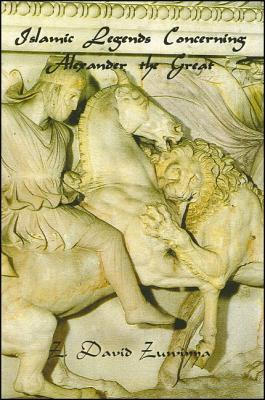
-
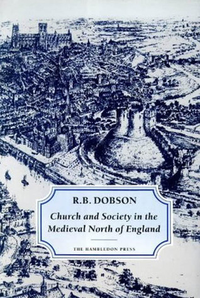 Church and Society in the Medieval North of England
Church and Society in the Medieval North of Englandby R.B. Dobson
-
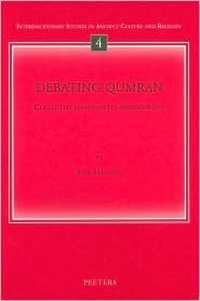 Debating Qumran
Debating Qumranby Jodi Magness